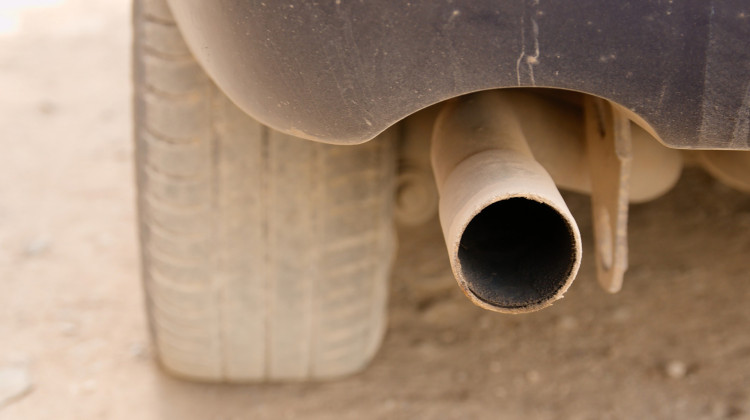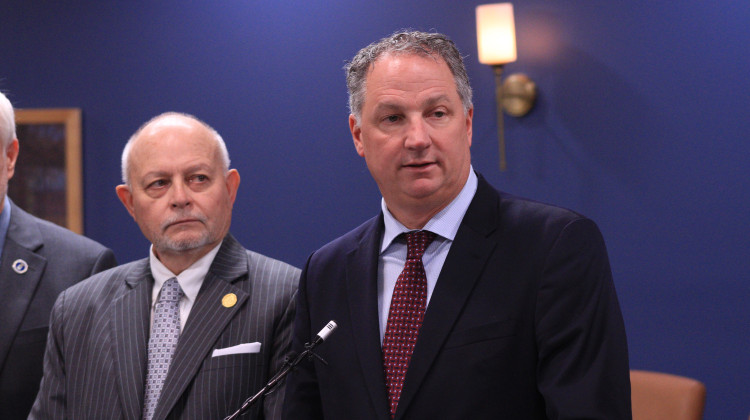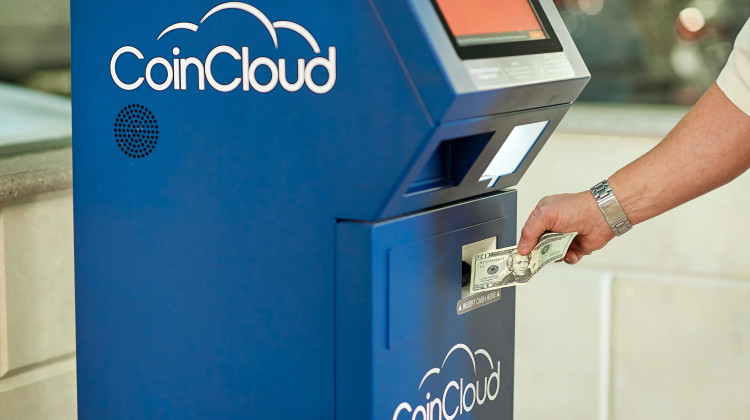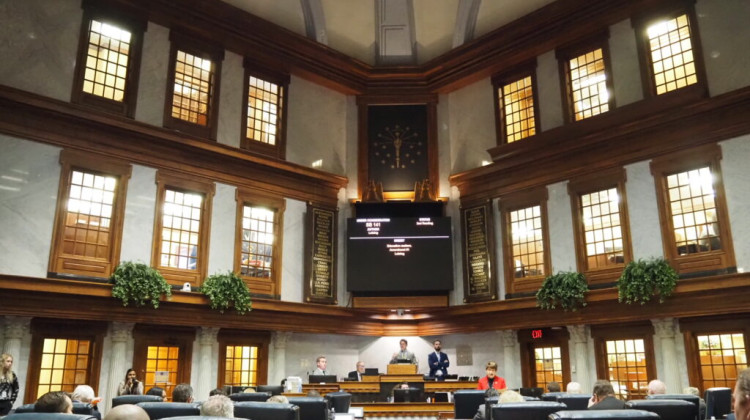
Several industry groups and state attorneys general oppose the rule and said the EPA didn’t consider the role a number of other technologies could play — like hydrogen fuel cells, hybrids or cars that can use gas with higher amounts of ethanol.
PixabayEthanol producers and corn growers worry a federal rule on tailpipe emissions could leave them out of the transition to cleaner cars. That could have big implications for Indiana — one of the top ethanol-producers in the country.
The Environmental Protection Agency has proposed a rule to cut emissions by more than half from its 2026 target. While carmakers could use any technology to do that, the agency estimates up to 67 percent of new cars sold by 2032 would have to be fully electric.
Several industry groups and state attorneys general oppose the rule — including Indiana Attorney General Todd Rokita. They said the EPA didn’t consider the role a number of other technologies could play — like hydrogen fuel cells, hybrids or cars that can use gas with higher amounts of ethanol.
“The reality is that these proposed standards go too far, too fast and make the mistake of putting all the transition eggs into the EV basket," said Dan Byers, vice president of climate and technology with the U.S. Chamber of Commerce.
Some of these cars are already on the market and advocates said these fuels wouldn’t require overhauling the country’s electric grid.
Ryan Lisek is the program director for Drive Clean Indiana, a clean cities coalition designated by the U.S. Department of Energy. For the most part, he said the infrastructure for higher ethanol fuels is already there.
Lisek said Interstate 65 was designated a biofuel corridor about 15 years ago — where drivers can find E85 gas. He said most cars with internal combustion engines made since 2014 are also going to be able to be fueled off of E85.
“If your car has a yellow fuel cap it is able to accept E85 additionally there are upgrade kits you can buy to outfit any vehicle to accept E85. We’ve had a lot of success on the passenger vehicle side with our police fleets,” Lisek said.
Though it depends on the vehicle, Lisek estimates those kits would cost an average of between $100 to $400. Even outside of passenger cars, he said he thinks ethanol is going to be part of the system for a while — lithium ion batteries don’t have enough power for long-haul trucking right now.
“There’s not one silver bullet to solve all of our problems related to transportation, fuels, and greenhouse gas emissions. It’s bunch of little BBs that add up together to reduce our dependence on petroleum,” he said.
Join the conversation and sign up for the Indiana Two-Way. Text "Indiana" to 73224. Your comments and questions in response to our weekly text help us find the answers you need on statewide issues, including this series on climate change and solutions.
Lisek said ethanol is a simple way to promote a domestic fuel — made here in Indiana — and reduce our dependence on resources from other countries.
Ethanol advocates said the EPA also didn’t consider if there are enough critical minerals available to make those EVs — or the emissions that could come from mining them. Though environmentalists have said the agency often doesn’t account for the land use changes needed to make ethanol and other biofuels.
John Graham is a professor at the O'Neill School of Public and Environmental Affairs at Indiana University. He said EPA also should have looked into the potential for hybrid cars — even a small lithium ion battery in a hybrid engine can control a lot of emissions.
“So if you put that in, say, 10 or 15 hybrids — you’ll control as much greenhouse gas emissions, as you have in just one all-electric vehicle. So there's a lot of batteries and raw materials going into each of these all-electric vehicles that's not being used very wisely," Graham said.
Rebecca is our energy and environment reporter. Contact her at rthiele@iu.edu or follow her on Twitter at @beckythiele.
9(MDAyMzk1MzA4MDE2MjY3OTY1MjM5ZDJjYQ000))
 DONATE
DONATE






 Support WFYI. We can't do it without you.
Support WFYI. We can't do it without you.